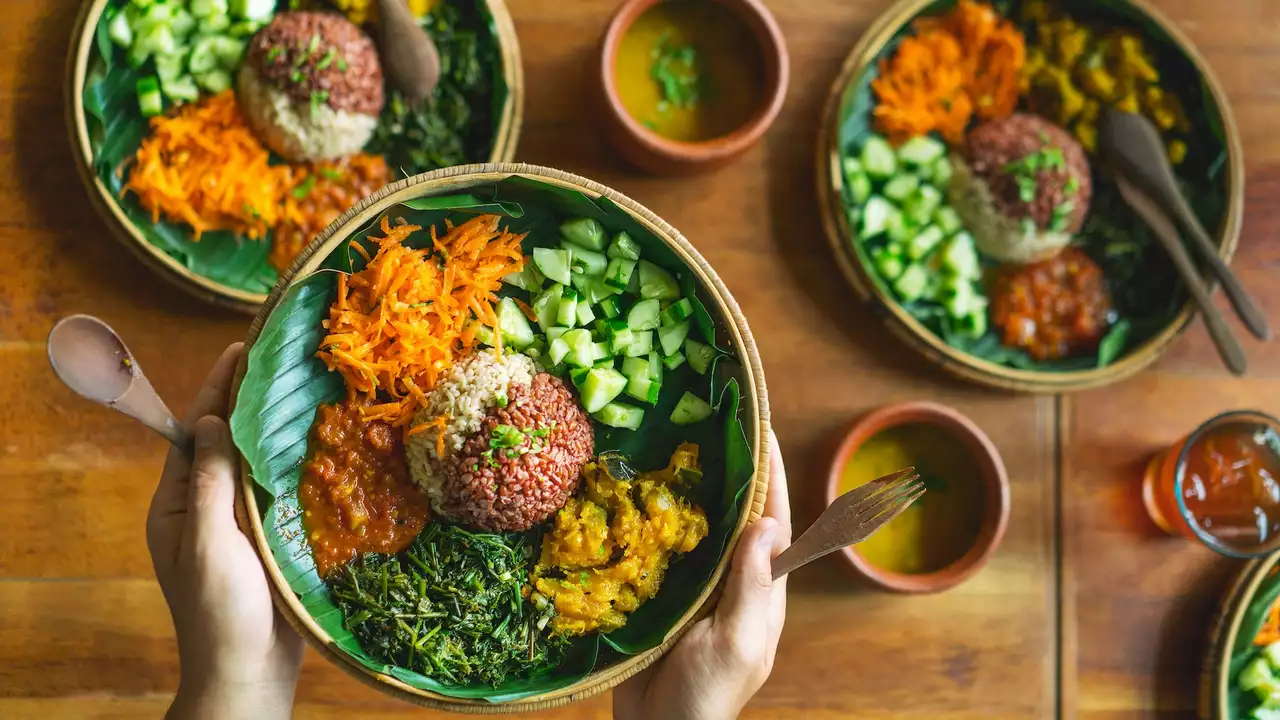Indian Food – What Makes It So Delicious?
If you’ve ever wondered why Indian food feels like a celebration on a plate, you’re not alone. It’s the mix of bold spices, fresh veggies, and time‑tested techniques that turn simple ingredients into unforgettable flavors. Whether you’re a beginner or a seasoned home cook, getting a grip on the basics can make your meals taste like they came from a bustling market in Delhi or a cozy kitchen in Kerala.
Everyday Staples and Street Snacks
Most Indian meals start with a grain base – rice or wheat. In the north, you’ll find rotis, naan, and parathas paired with lentil soups called dal. Down south, a steaming bowl of rice meets coconut‑laden curries and tangy sambar. Street food adds another layer of excitement: think crispy samosas, spicy pani puri, and sweet jalebi. All these dishes share a common thread – they use a handful of spices like turmeric, cumin, coriander, and chilies to build depth without overwhelming the palate.
When you shop for Indian ingredients, keep it simple. A small packet of mixed whole spices (often labeled “garam masala”) can replace a dozen individual jars. Fresh ginger, garlic, and green chilies are cheap and add instant punch. If you’re short on time, frozen paneer or pre‑cut vegetables work just as well – the flavor stays true as long as you finish with the right spice balance.
One trick many home cooks swear by is “tempering” – heating oil, adding whole spices, and letting them sizzle before mixing in aromatics. This releases hidden oils and creates a fragrant foundation for any curry. A quick temper with mustard seeds, cumin, and a pinch of asafoetida (hing) can turn a plain vegetable stir‑fry into a dish that tastes restaurant‑ready.
Cooking Tips for Authentic Taste
Don’t rush the onions. In most Indian recipes, you’ll sauté onions until they turn golden brown or even caramelized. This step builds sweetness and body, balancing the heat from chilies. If you notice the pan getting too dry, splash a bit of water – it helps the onions soften without burning.
Another secret is layering flavors. Add spices in stages: whole spices first, ground spices a few minutes later, and finish with fresh herbs like cilantro or curry leaves. This prevents the spices from turning bitter and keeps the dish bright. A squeeze of lemon or a spoonful of yogurt at the end can lift the whole plate, giving it that signature zing.
Finally, embrace leftovers. Many Indian dishes improve after a night in the fridge as the spices meld. Reheat gently, add a splash of water or coconut milk, and you’ve got a fresh‑tasting meal with even deeper flavor. So, grab your spices, follow these simple steps, and let Indian food bring heat, heart, and happiness to your kitchen.

How often do you eat Indian food?
Indian food and I share a delicious love affair that's almost as spicy as my wife's sense of humor! We rendezvous about once a week, with every bite a symphony of flavors that makes my taste buds dance the Bhangra. However, my belly might argue it's a touch too often, especially after a particularly fiery Vindaloo! But hey, who can resist the siren call of aromatic curry, fluffy naan, and delectable samosas? So, it's safe to say, Indian food and I, we're in a committed relationship, with a bit of a bloated belly as a souvenir.